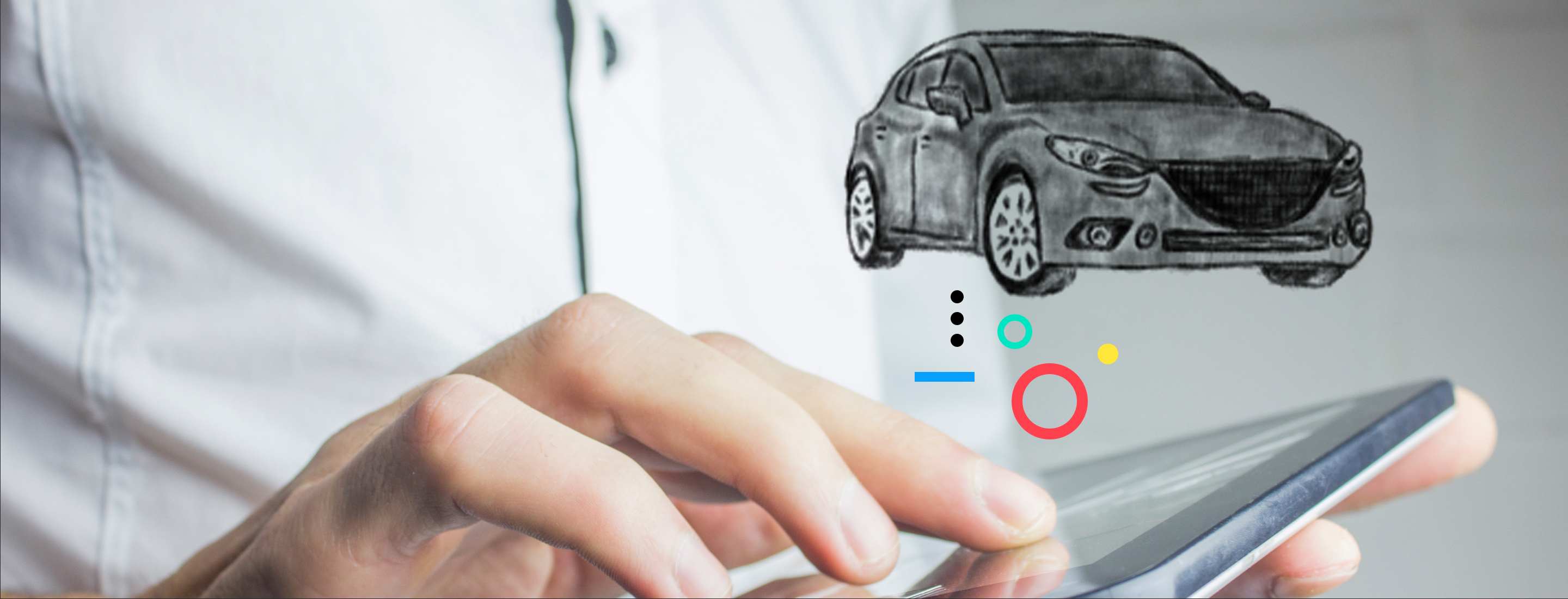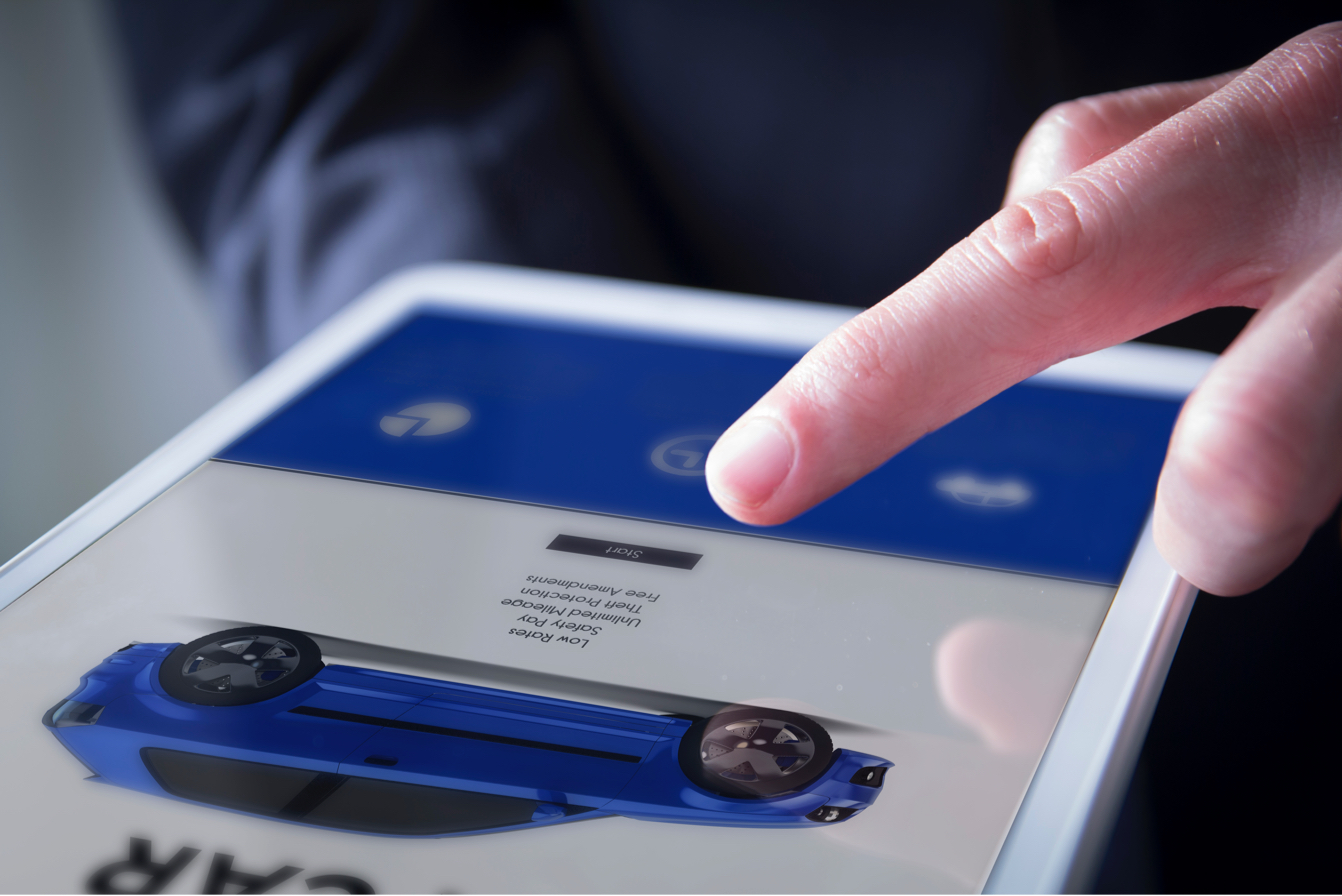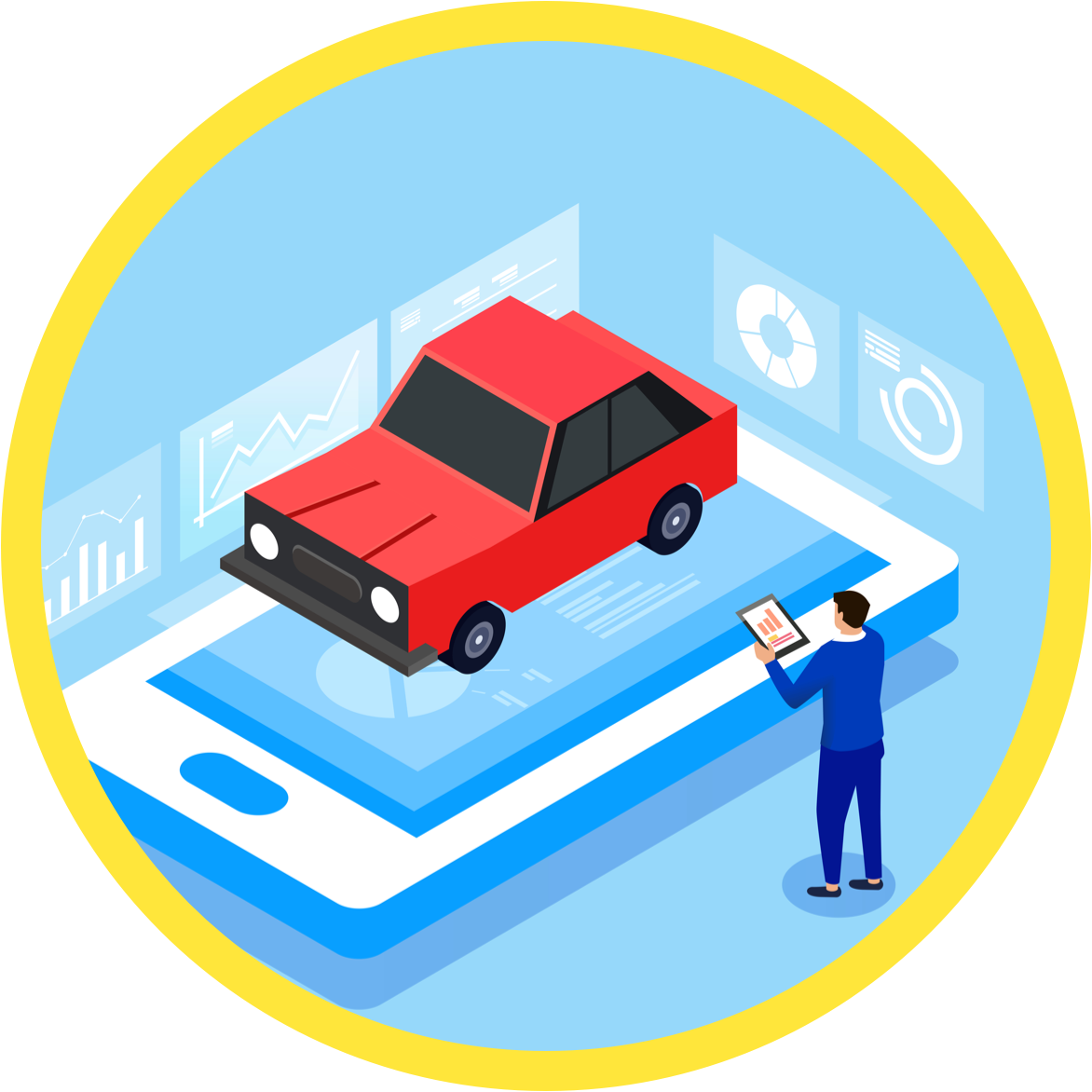Tesla and Polestar have proved that this is possible. German manufacturers are developing more and more in this direction. Daimler has already tested a corresponding model in Sweden and will extend it to other markets in the near future. We’re going to see the share of cars sold online increase.
Electrification will also push e-commerce forward. VW is selling the ID3 via a new e-commerce channel. The popularity of leasing and renting will increase with electric vehicles because technical progress is so great that when I buy a car, I risk that my battery technology will quickly become obsolete. Rental and leasing contracts are fairly easy to complete online, as is currently seen at Polestar. In the case of an actual purchase, liability and payment are still complex. Many people would shy away from spending 50,000 or 60,000 euros or more on the internet. But being able to get a car for as little as 300 euros a month, depending on the model, will lower the barriers for e-commerce. It will also make things easier for manufacturers, for example, when checking credit worthiness. New offerings will also emerge in the form of aggregated solutions: the car, the wallbox, charging, at-home power, etc. as one contract. This means more convenience and increased loyalty.





